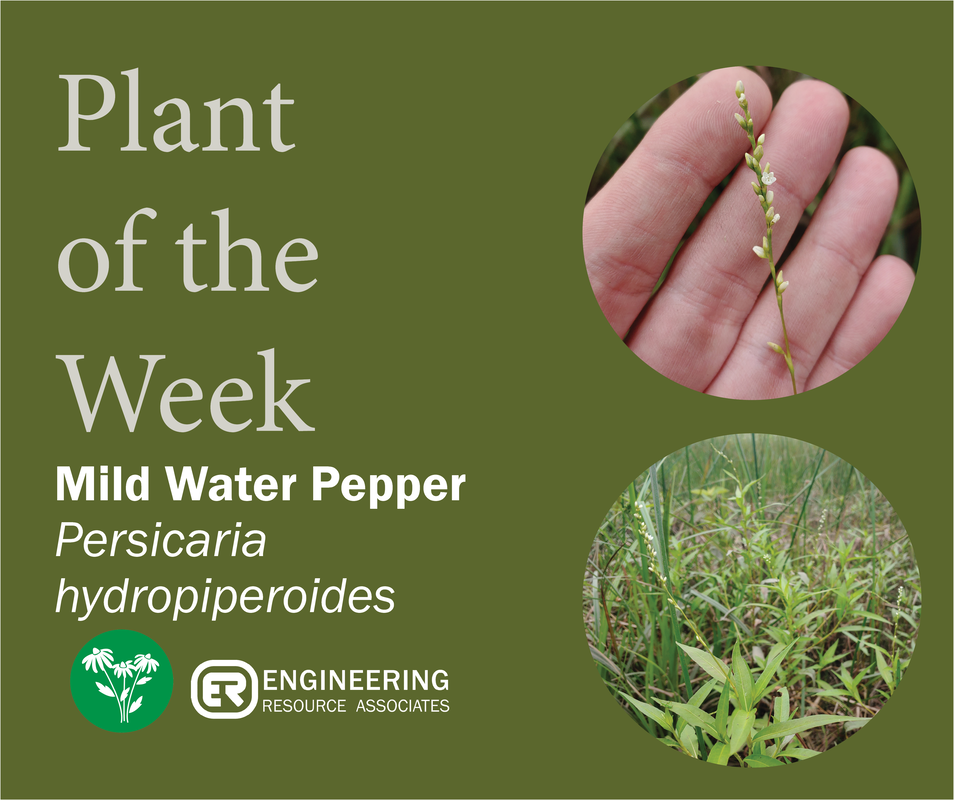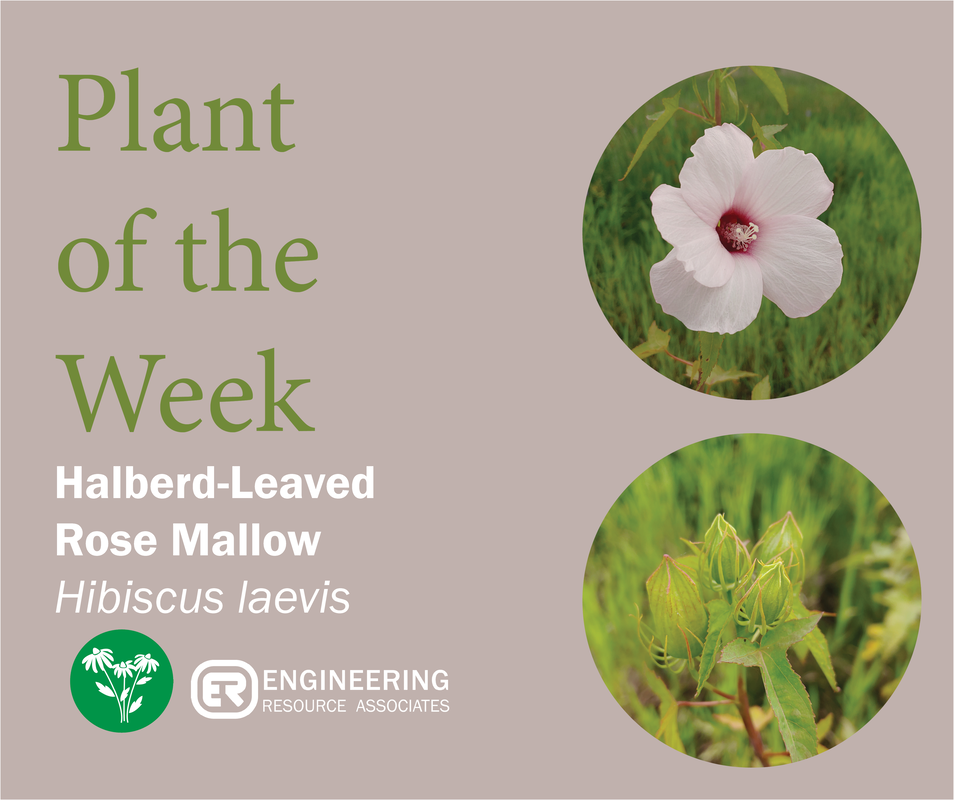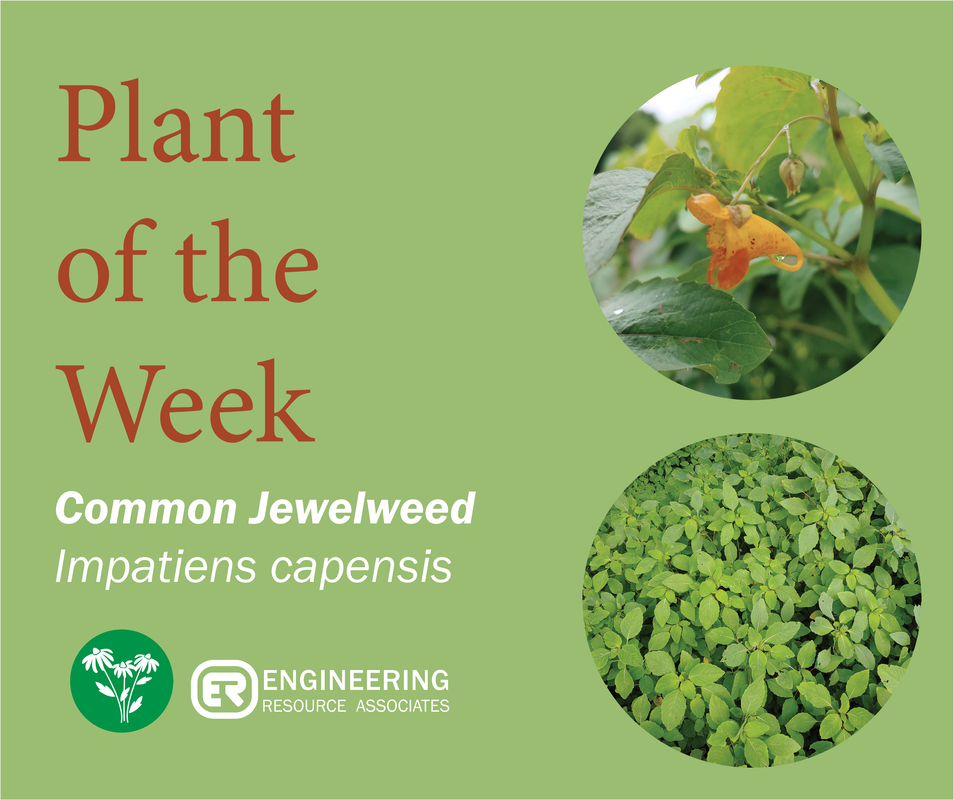This rather inconspicuous plant is a member of the Knotweed family, Polygonaceae, which includes some 1200 species distributed among nearly 50 genera. Generally found growing along streams, waterbody shorelines, and other wetland types in full and partial sun. The plant can withstand growing in various soil types including sand, gravel, and varying amounts of organic matter when the moisture needs are met. One key feature is the light, peppery taste associated with the foliage likely evolved as a defense against herbivores that would seek to graze on this plant. Useful in both shoreline plantings and in wildlife habitat creation, smartweeds (another name for plants in the genus Persicaria/Polygonum) are an excellent food for ducks and other granivorous waterbirds and some songbirds. The flowers are also beneficial to a wide variety of pollinators such as small bees, flies, and wasps, in addition to some butterfly species that forage for nectar. Many insects and beetles are also known to browse the foliage of this plant, despite attempts to stop predation.
Commonly found throughout the state, this smartweed is identified by its loose raceme of small white flowers. This differs from other members of the genus that usually have a larger flower size, more densely arranged clusters of flowers of varying length, or flowers that range from vibrant rich pink to a paler pink. A few other species closely resemble this variety but require examination under a hand lens to properly describe.







 RSS Feed
RSS Feed